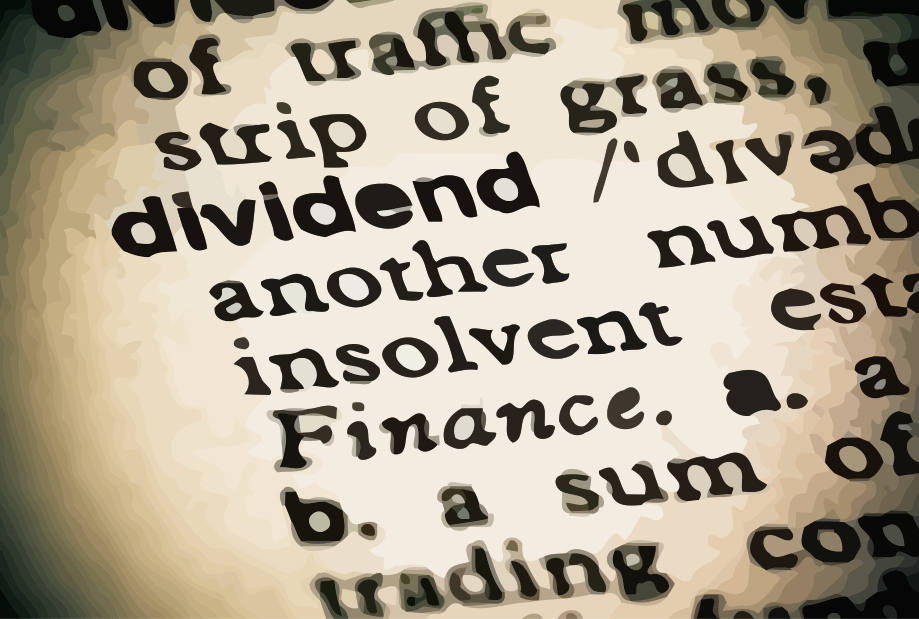by Frank Caruso, AllianceBernstein
Chasing yield has become a challenging mission for investors in recent years. As yields collapsed in fixed income, investors flocked to bond-like substitutes such as high dividend-yielding stocks. Now that these stocks have become a bit pricey, we think companies with strong dividend-growth potential offer a better way to source equity income.
There are many ways to look at dividends. A good starting point is the payout ratio, which measures the proportion of net income that a company pays out to shareholders. At the end of 2013, US companies were only paying out one third of their earnings as dividends, well below the average of the past 60 years (Display).
Payout ratios matter. When they’re low, the ratios tell us that many companies have lots of room to raise dividends. And since US companies have record cash positions and solid balance sheets today, we think it’s easy to envision how payouts can increase.
Dividend Growth Is Outpacing Earnings
This also helps explain why dividends have been growing faster than profits. For US nonfinancial companies, earnings growth remained sluggish in 2013. Yet because payout ratios were so low, dividend growth outpaced earnings growth by a wide margin (Display). And since companies with strong dividend growth haven’t typically been on investors’ radar screens, they’re trading at especially cheap valuations compared with high dividend-yield stocks.
Examples can be found across sectors. Boeing increased its annualized dividend by 50% at its last board meeting in December. Meanwhile, during 2013, UnitedHealthcare raised its dividend by 32%, while CVS Caremark, a consumer staples group, lifted its dividend by 30%. And even in financials, Wells Fargo boosted its dividend by 31%. What do all of these companies have in common? Low dividend-payout ratios.
So how can we identify companies with strong dividend-growth potential? It all starts with the payout ratio. When a company has a high payout ratio, it often means that management doesn’t see compelling opportunities to invest in growing the business. We believe that companies with lower payout ratios have more control over their destiny than peers with weaker cash dynamics, which gives them capital flexibility to invest in future growth projects and/or to return excess capital to shareholders by increasing dividends or share buybacks.
Playbook for Investing in Dividend Growth
But even companies with low payout ratios need to be scrutinized. It’s especially important to look beneath reported earnings, which can be misleading. By focusing on the cash economics of a business, investors can get a better grip on the company’s capital needs and commitment to investing in growth opportunities.
For example, a close look at the balance sheet can help gauge a company’s capacity to finance expansion and to evaluate the percentage of normal cash flow being paid out as dividend. The goal is to identify healthy companies that are capable of sustaining macro-economic shocks and withstanding competitive threats.
Finding income is still high on the agenda of many investors. Yet traditional sources of yield in fixed- income and equity markets have simply become overpriced, in our view. It’s definitely possible to find stocks with higher dividend yields today. But we believe that companies with low payout ratios and high dividend-growth potential can provide investors with a better way to quench their thirst for income over the long term.
This blog was originally published on InstitutionalInvestor.com
The views expressed herein do not constitute research, investment advice or trade recommendations and do not necessarily represent the views of all AllianceBernstein portfolio-management teams.
Frank Caruso is the Team Leader of US Growth Equities at AllianceBernstein (NYSE: AB).
Copyright © AllianceBernstein
















